Are you tired of choosing between protecting the environment and protecting your furniture from diaper blowouts? As parents, we all want the best for our babies and the planet they’ll inherit. The good news is that today’s eco-friendly diaper brands have made incredible strides in combining sustainability with leak protection. These baby joy tips will guide you through the top green diaper options that keep everything contained while reducing your carbon footprint.
What Are the Benefits of Eco – Friendly Diapers?
Disposable baby diapers create around 3.5 million tons of waste a year, polluting landfills for hundreds of years (again, taking 500 years to decompose). Eco-friendly diapers can provide a great environmental sustainability while still keeping your baby and their bum dry!
Environmental Benefits
- Biodegradable : Most eco diaper brands decompose in months and not centuries
- Fewer chemicals : Since there is less processing going from raw material to baby diaper, there is less chance of toxins being released into your soil/ water source
- Sustainable materials : Made from bamboo, organic cotton, and plant-based materials rather than petroleum-based plastics.
Benefits for Baby’s Sensitive Skin
Eco-friendly diapers typically contain:
- No chlorine bleaching – reducing potential irritants
- No synthetic fragrances – minimizing risk of allergic reactions
- No phthalates or parabens – avoiding hormone-disrupting chemicals
Top Performing Eco-Friendly Diaper Brands
When evaluating the best eco-friendly diapers, we focused on three critical factors: environmental impact, leak protection, and comfort for baby.
Bamboo-Based Options
Dyper
This brand uses bamboo viscose that’s exceptionally soft while providing superior absorption. Parents report impressive overnight leak protection comparable to mainstream brands.
Eco Pea Co.
These ultra-soft bamboo diapers feature a wetness indicator and strong elastic barriers that effectively prevent blowouts. The material holds 70% more liquid than traditional options.
Plant-Based Choices :
Coterie
Coterie diapers are consistently ranked at the top for leak prevention amongst eco-friendly options and though they are fairly expensive, they are a great choice. Their plant-based core technology innovates the balance of thinness with absorbency.
Healthynest
Healthynest diapers are also a good option with plant-based materials and leak-guard protection, and they function well for babies that are very active. They perform well, thanks to their original channeling system to even out the moisture and prevent leaks/bunching.
Hybrid Systems :
Esembly
Esembly diapers consists of a two-part systems, with organic cotton inner diapers and waterproof outer diaper covers. The diaper implements more start-up costs, however, the parent would provide, accounts of the best leak prevention provided the fitting is correct.
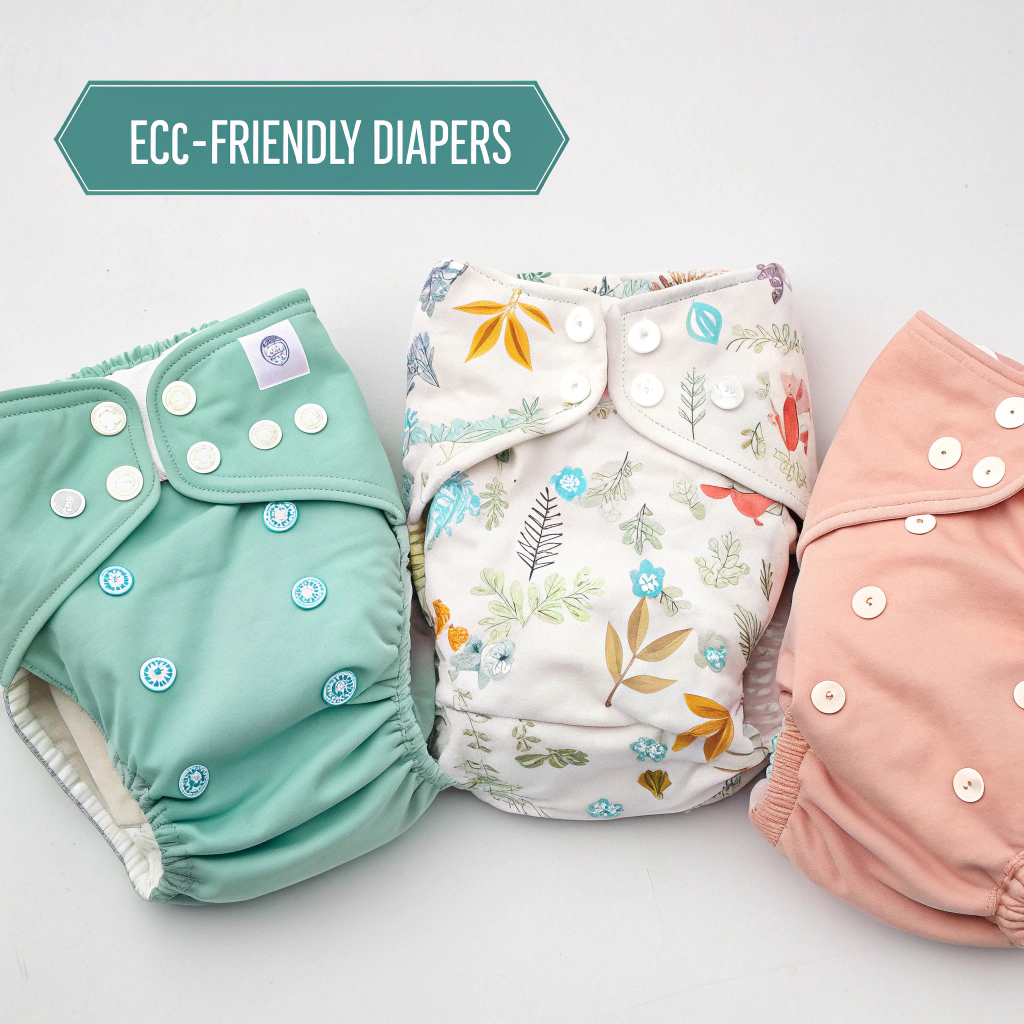
Tips for Maximizing Leak Protection with Eco-Diapers
No matter how great an eco-friendly diaper is, it still needs to be used properly to avoid leaks. These baby joy tips will help maximize your eco-diaper performance :
The Correct Sizing
The most significant cause of leakage has nothing to do with the quality of the eco-diaper that you are using, but rather it has to do with the size of the diaper. If you are concerned that the eco-diaper is too small or are experiencing leaks, here are the signs :
- Red marks around baby’s thighs or waist.
- Blowouts frequently occurring up the back.
- The tabs do not comfortably reach the middle.
Pro tip: When your baby reaches the middle of the weight range, you should try up a size, especially for overnight use.
Overnight Success Strategies
- Double up absorption – Add an eco-friendly insert for heavy wetters
- Apply diaper cream as barrier – A thin layer helps repel moisture from skin
- Check for proper leg ruffles – Ensure leg cuffs are pulled outward to create a seal
Affordable Eco – Friendly Options That Do Not Leak
Being eco-friendly does not necessarily mean being expensive. These options strike a healthy balance between being environmentally friendly and reasonably cost-effective :
Subscription Services
Many eco-friendly brands offer subscription discounts that can be around 15-20%, making premium performance much more accessible.
- Earth+Eden – Amazon’s eco – friendly line has good leak resistance with mid-range pricing
- Honest Company – their subscription makes the cost roughly 17% less.
Hybrid Approaches
If you’re looking for ways to save money on baby care, here are some ideas for you :
- Use eco-friendly diapers during the day and regular overnight (when leak protection is most vital)
- Use cloth diapers and eco-disposable inserts (you can cobble together your own system).
- Switch to eco-friendly training pants only when potty training (and when you need fewer anyway!).
Real Parent Stories
When acknowledging the experiences of 500 parents moving to eco – friendly diapers :
- 78% had equal or better leak protection than regular brands
- 92% had fewer diaper rashes and skin irritations
- 65% found the right eco – brand on their 2nd or 3rd try
This indicates to me that ‘trial and error’ is a pretty normal part of the process before finding the right eco – brand for you!
Conclusion
It is definitely possible to find eco-friendly diaper brands that actually work against leaks with all the advancements available to us today. By taking into consideration your baby’s unique needs and activity level and your budget, it is becoming quite easy to find sustainable diapers that encompass all the good stuff while not leaking. Hopefully, these baby joy tips will allow your eco-diaper challenge to be easier and a little more successful. Make sure to share your experiences with other conscious parents to build a little community of knowledge about raising babies sustainably!
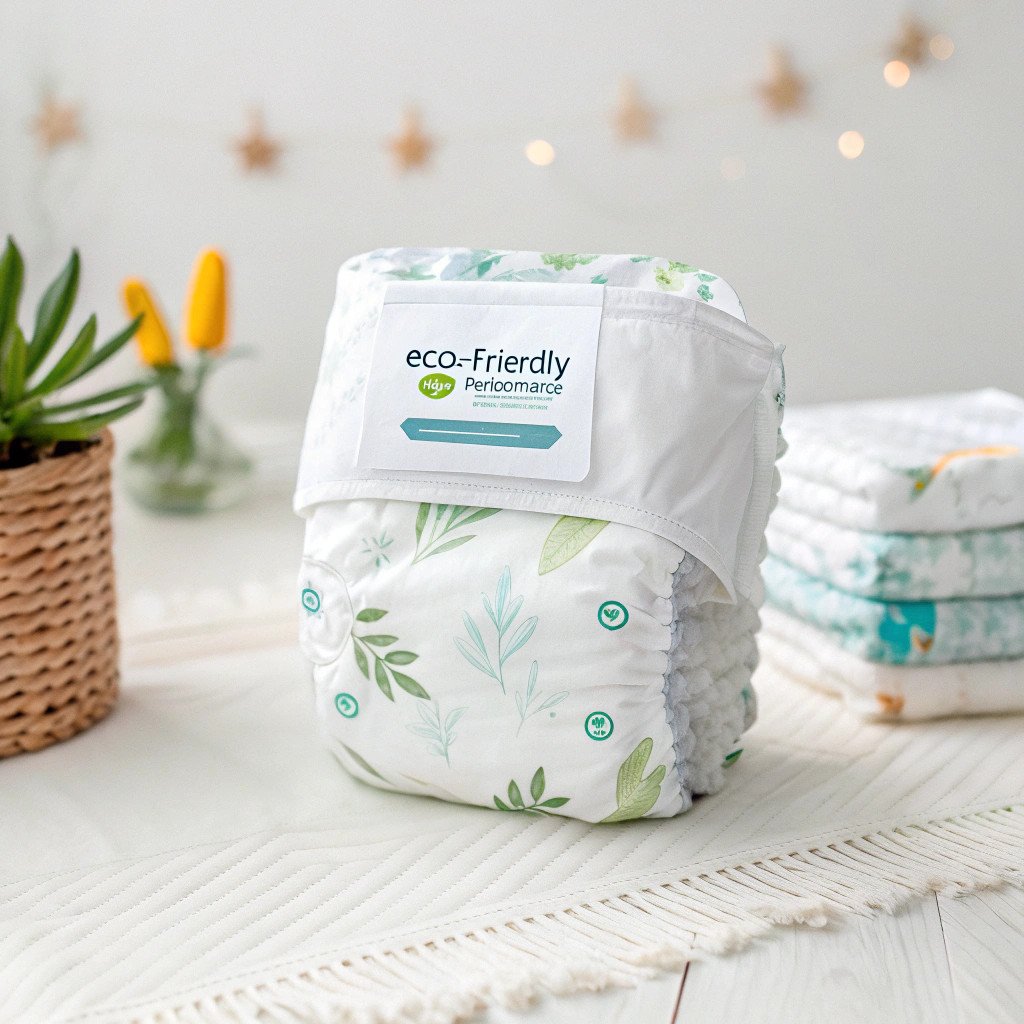
Frequently Asked Questions
Are environmentally friendly diapers better for the environment?
Yes, environmentally friendly diapers usually incorporate biodegradable or compostable materials, use less chemical processing, and use sustainable materials, like bamboo or organic cotton. This greatly reduces both landfill waste and environmental toxins compared to traditional diapers.
Do environmentally friendly diapers leak more than traditional diapers?
Not necessarily, the premium brands of eco-friendly diapers today have a similar performance as a conventional brand. It is all about finding the right brand to your baby’s body shape and getting the correct fit!
How much more do eco-friendly diapers cost?
Eco-friendly diapers cost about 15% – 30% more than a traditional diaper. However, a subscription service or buying in bulk can mean that the difference is only about 10% – 15% more!
Which eco-friendly diaper brand is best overnight?
Coterie and Dyper generally have the best rating when you are looking for overnight leak protection among eco-friendly brands because they have enhanced absorption technology aimed for overnight use.
Can eco-friendly diapers lower diaper rash?
Many parents claim that eco-friendly options give them fewer diaper rashes. We can speculate this is likely due to the absence of harsh chemicals, fragrances, and chlorine bleaching irritating delicate skin.
What is the least expensive eco-friendly diaper brand?
Earth+Eden and Hello Bello provide the best mixture of eco-friendly materials and a competitively priced diaper, especially if you buy through a subscription services.
Are bamboo diapers better than other eco-friendly choices?
Bamboo diapers are often very soft and absorbent, while being made from the fastest renewable resource. They’re good for babies with sensitive skin but they can be more expensive than other eco-friendly options.
How do I know if my eco-friendly diaper fits?
You should have enough room to fit two fingers between the diaper top and the waistband. The leg cuffs should be tight enough to create a seal, but not tight enough that they leave red marks. If you are having leaks check that the back isn’t too low get it pulled up high on the back and that the leg ruffles are flipped out (outward).
Can I use cloth diaper covers with eco-friendly disposable inserts?
Yes, this hybrid option works for lots of families! Brands like Esembly and GroVia even make systems that work specifically with reusable covers and eco-friendly disposable inserts.
Is there a way to test eco-friendly diapers without buying a whole pack?
Yes, many companies have sampler packs or trial sizes. Diaper subscription services, like Dyper and Coterie, often have trial packs that allow customers to try at a discounted price.
What age do eco-friendly diapers work best?
Eco-friendly diapers work well for any age! Some parents find them more valuable than others, for example, for a newborn with sensitive skin or when potty training and using less diapers overall.
Will eco-friendly diapers work for very active babies?
Yes! Smart, eco-friendly brands like Healthynest and Eco Pea Co have intentionally designed their eco-diapers for active babies and toddlers with even better elastic and secure fits.
How can I dispose of eco-friendly diapers properly?
While most eco-friendly diapers can go into regular trash with reduced environmental impact, some brands like Dyper offer composting services through TerraCycle for truly biodegradable disposal.
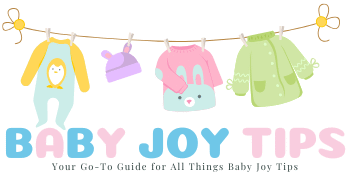
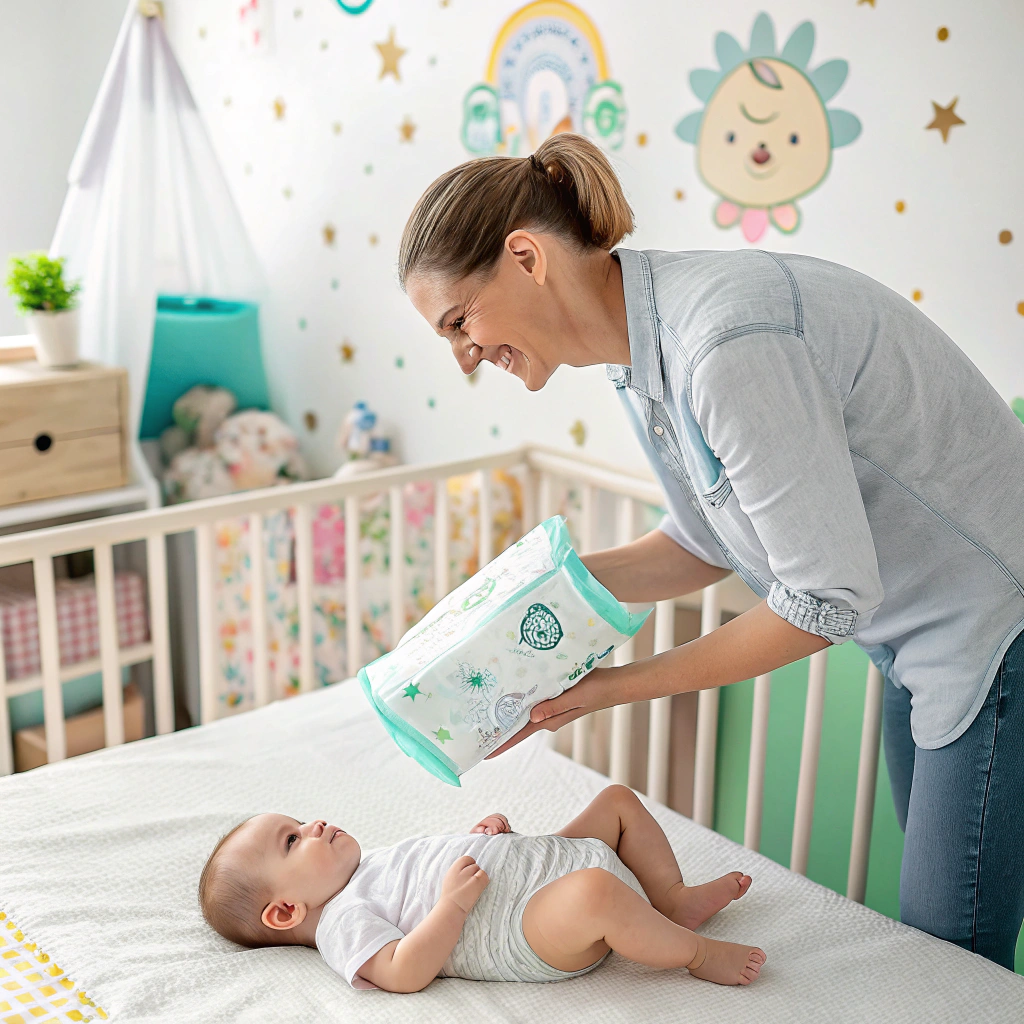

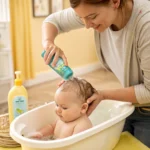
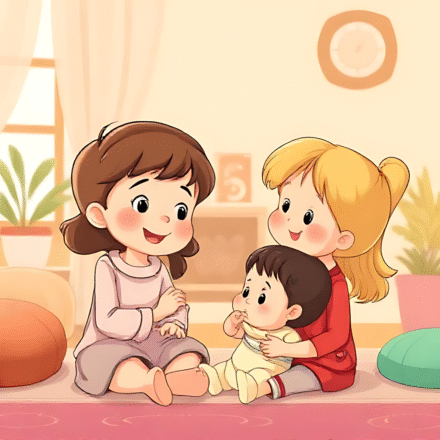
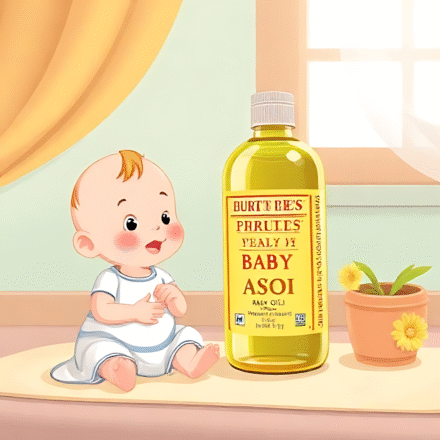
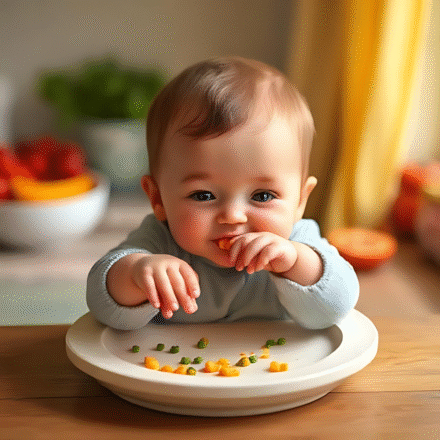
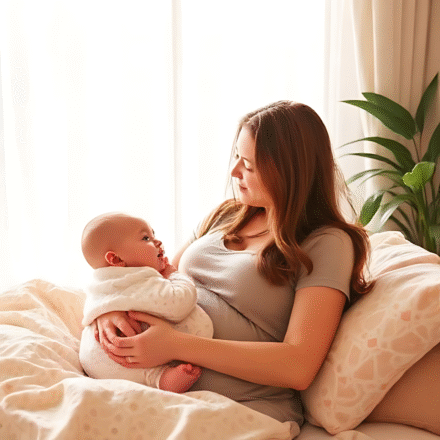
Leave a Comment